Cases
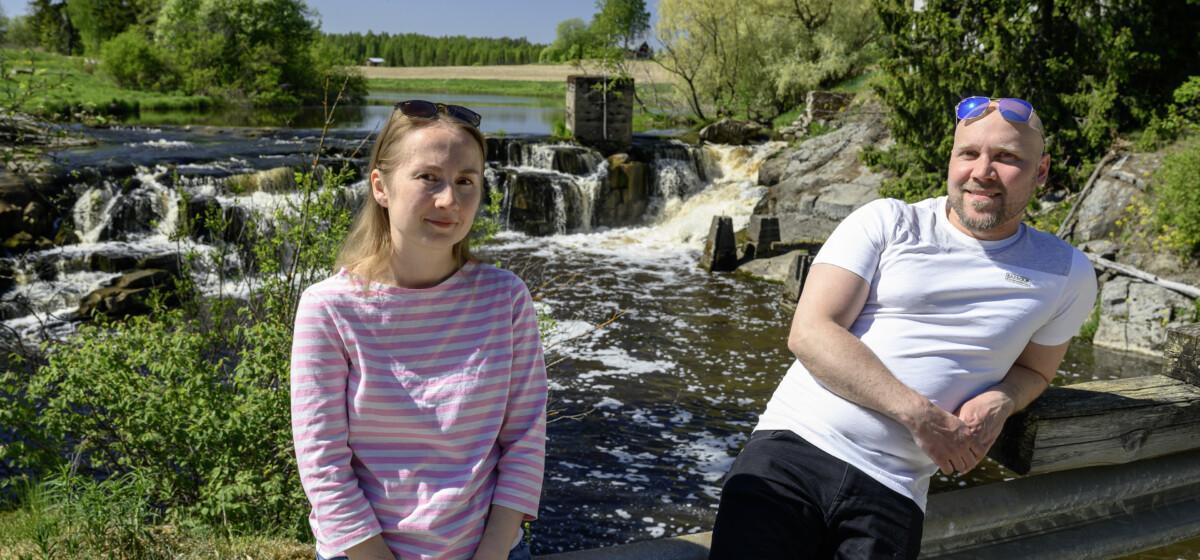
Climate neutrality
Restoring waterways is a difficult job – but it’s off to a promising start on the Mustijoki river
Published:
The hidden gem of the Helsinki-Uusimaa Region. This is what you could call the Mustijoki river, which meanders through the rapids from Mäntsälä through Pornainen and Porvoo to the Gulf of Finland. On a summer’s day, the eye rests on the magnificent landscape. In addition to the birdsong, you can hear the sound of the rapids. The rural idyll is perfect, even though the centre of Pornainen is only a few kilometres away.
A hiker enjoying the nature does not notice that the ecological status of the river is largely classified as merely satisfactory. It is in poor condition, especially near the Gulf of Finland.
The Mustijoki river used to support migratory fish stocks, especially trout, but these have since disappeared.
In principle, the solution to improve the condition of the water body and restore migratory fish stocks is known. In practice, restoration is a major undertaking that will take many years to complete.
– It is easy to spoil a body of water, but restoring and rehabilitating it is a slower process. In a large lake, for example, it can take up to ten years before the results are clearly visible, says Juha Niemi, Executive Director of the Water and Air Protection Association for Eastern Uusimaa and Porvoonjoki river.

He points out that in the protection and restoration of large water bodies, a lot of coordination has to be done, and the end result is almost always a compromise. This means that all the parties involved in the restoration of the water body have to play some part.
The restoration of the Mustijoki river is off to a promising start, and sea trout are rising in the lower reaches.
More results are hoped for as a number of river stakeholders, from municipalities to industry and agriculture, have held their first workshops and discussed the river’s management objectives.
Ekaterina Ikonen, an environmental planner at the Environmental Centre of Central Uusimaa, says that the interest shown by local actors in getting involved in river protection has been a positive surprise. The first workshop would have attracted more people than could be accommodated.
Landowners play a key role
A good example of more advanced water protection in Uusimaa is the Siuntio river. The municipalities in the river’s catchment area, Siuntio, Vihti, Kirkkonummi, Lohja and Inkoo, signed a water vision in 2018 with the aim of improving the status of the Siuntio river water body, preserving natural values and habitats, removing fish migration barriers and promoting recreational and beneficial uses.
On the Mustijoki river, work on the vision is in its early stages.

– Landowners play a key role in the restoration of the water body, says Ikonen.
The ecological situation of the Mustijoki river is also affected by hydropower and other industries. For example, water from the Mustijoki river is used in the Kilpilahti business area by the chemical industry, so good water quality is important. At times, the river’s solids content has risen so high that more intensive treatment has been needed to make use of the water.
– Many parties will benefit from improving the ecological status of the river, Ikonen concludes.
Several good signs
In order to improve the status of the Mustijoki river, it is necessary to reduce the load flowing into it.
– This means load-retaining structures such as wetlands. Farming practices should favour a diversified crop rotation and plant cover.
Ikonen points out that when soil structure improves, this is also reflected in cleaner water bodies.
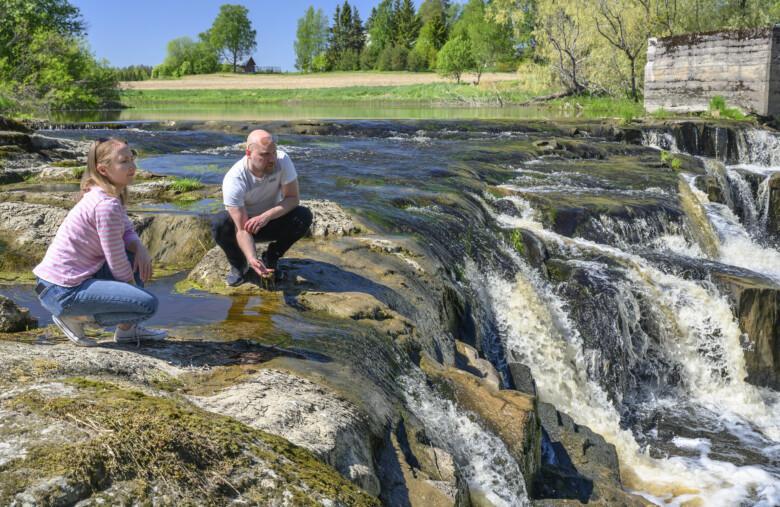
Regenerative farming methods in Helsinki-Uusimaa have been presented in previous HelsinkiSmart articles, discussing the role of agricultural sector in the ambitious climate goals of the region as well as the impact Russia’s war had on the agricultural sector, as Russian fossil fertilisers needed to be replaced.
Ikonen says that vegetation cover has become more common in Helsinki-Uusimaa. Autumn cereals or other ground vegetation crops are sown earlier in autumn to retain water in the fields after harvesting. Another method is to build two-level ditches in the fields, leaving more space for floodwater to flow and at the same time preventing it from flowing to the fields or watercourses.
The return of migratory fish can be improved through cooperation with hydropower plants. The aim is not to prevent hydropower generation, but to find solutions that enable fish to migrate. Good experiences have been gained by leaving channels next to dams to allow migratory fish to swim upstream.
Chemical treatment has also been tried in Finland to restore the water, but it is expensive and the results are temporary unless other measures are taken at the same time. Niemi says that using gypsum helps to reduce the phosphorus load escaping from fields, but even this is mainly a first aid measure and needs to be accompanied by other measures to reduce the load flowing into the rivers.
The river caretakers came to the rescue
The interest in improving local waterways is obvious. The importance of local nature became particularly clear during the COVID-19 period, when the interest in nature and eco-tourism grew rapidly. As people explored their local forests and water bodies, they became interested in their condition and wanted to see them maintained in the future.
Of course, active residents have been advocates of nature conservation long before the pandemic. Niemi gives the example of the river caretakers, who started restoring water bodies with the aim of restoring salmon fish stocks in the rivers of Helsinki-Uusimaa more than 20 years ago. One of the destinations has been the Mustijoki river area.
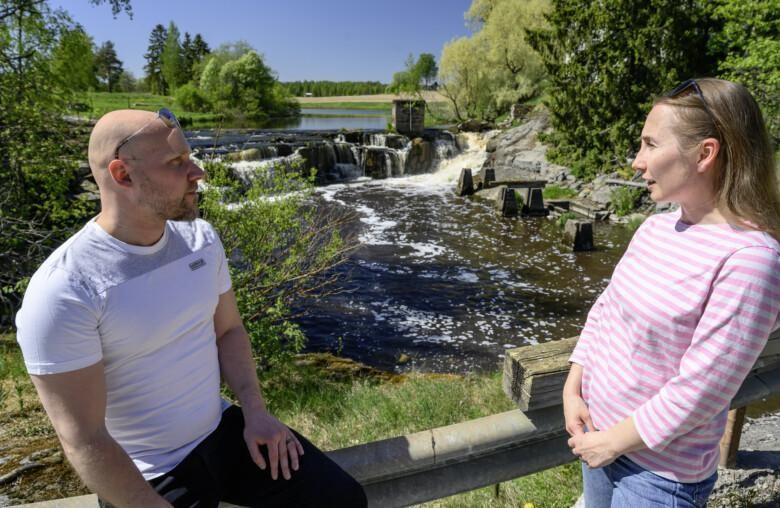
The activities expanded when it was realised that there was a need for regional restoration projects on a wider scale. The river caretakers became water caretakers.
– They also involved children and young people in environmental education, familiarising them with the state of the water, says Niemi.
The caretakers have also promoted the recreational use of water bodies and have been involved in the restoration of the Mustijoki River.
Today, the activities have spread from Eastern Uusimaa to other parts of the region and Finland. The water caretaker activities have become established in the Vantaanjoki river, for example.
Ikonen says that people visiting the Mustijoki river basin for the first time are very impressed by what they see. Such a wonderful area in our own province – how is it possible that this place has remained a secret!
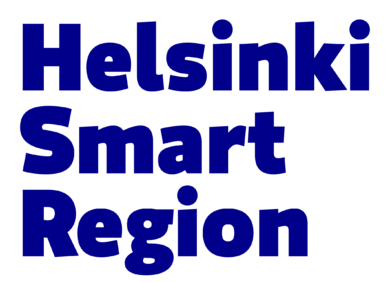






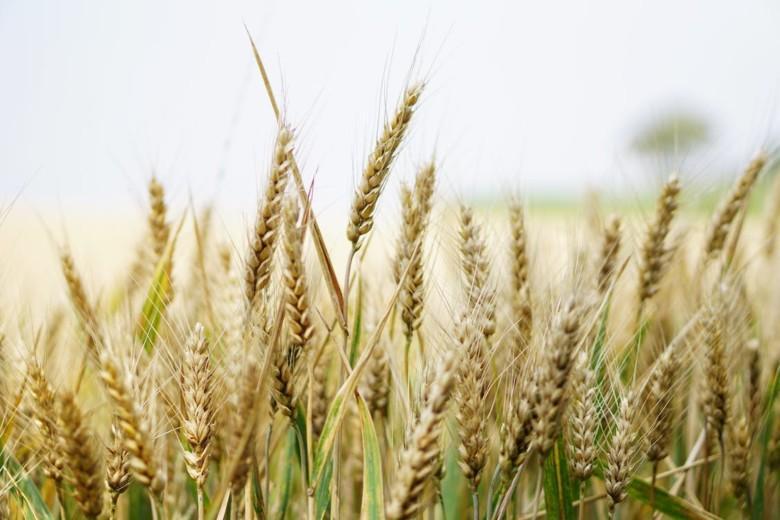
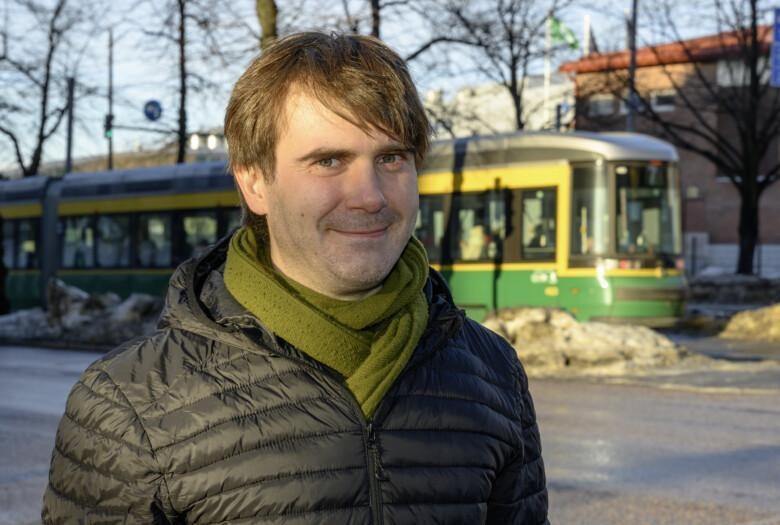
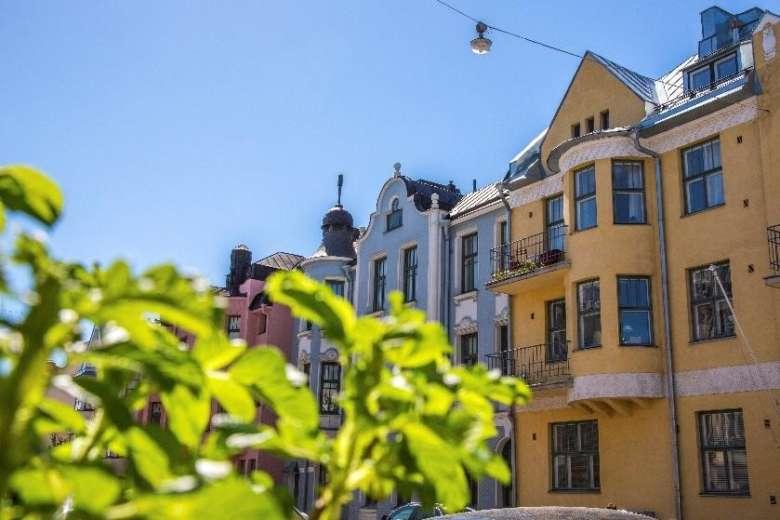
 Return to listing
Return to listing